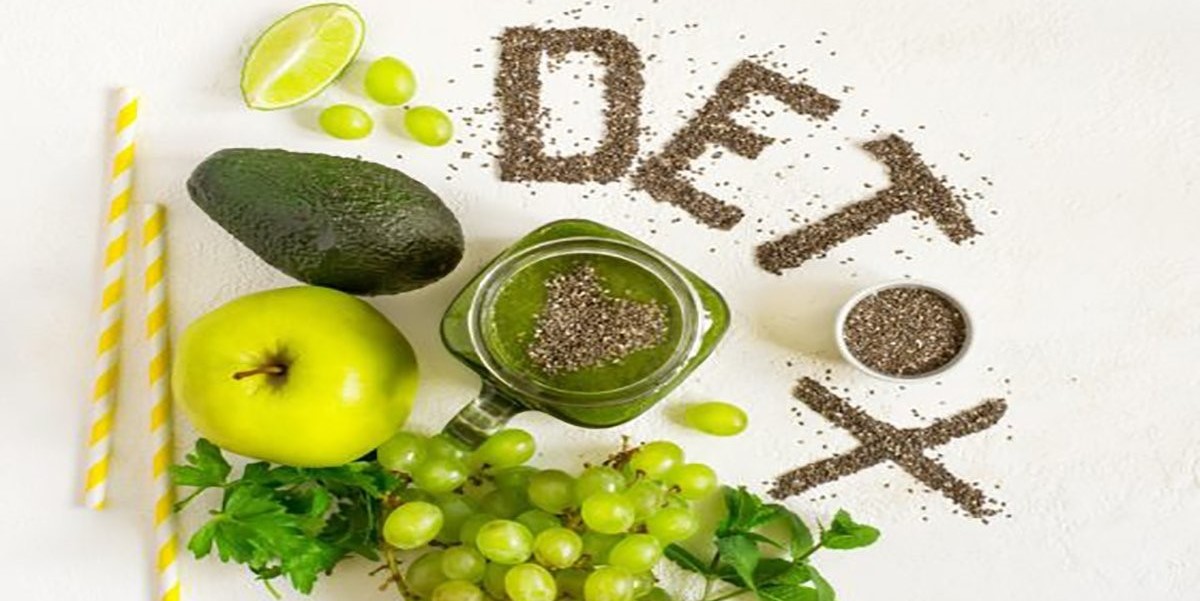The fact that fiber optic cables can transfer massive amounts of data across long distances in a split second is a highly touted capability of fiber cables. The individuals doing the installation have the responsibility to ensure the contamination on MPO cables, and fiber connectors is kept at the absolute minimum. This is to allow the data transfer to occur with standard or no data loss at all.
However, in the real world, dust and oil particles are miniature enough to be invisible to the naked eye but fully capable of blocking a single-mode fiber from operating correctly. The finer sands and soils have the potential to damage a fiber cable permanently. A majority of the techniques in use by some installational professionals contaminate a large percentage of the fiber’s surface. Let’s focus on the best cleaning technique for fiber optic connectors.
Selecting the right solvent for fiber optic cleaning
When deciding on which cleaning solution to use on fiber optic connectors, always remember that there are several alternatives to each choice in the market. A majority of the solvents consist of hydrocarbons. These specific solvents are an excellent choice for a broad array of soils and work to minimize electrical charge that is static and which could contaminate the connectors after the cleaning process is done.
- Type of solvent – fiber connectors that have been cleaned using unique solutions tend to perform better than dirtier ones. In this instance, Isopropyl Alcohol would be a horrible choice for cleaning fiber connectors due to high levels of insolvency as well as residue formation capability.
- Packaging of the solvent (aerosol) – Solvent is best sprayed onto surfaces from a can, which is heat-and-air-sealed.
- Packaging of the solvent itself – The best types of solvent packages are portable and sealed. If the container holding the cleaning solvent is correctly sealed, then there will be no liquid spilled during the cleaning process. Thus, the added advantage of being lightweight means that individuals doing the installation will not grow fatigued from carrying it.
- Pen type of packaging – Specially created pens are capable of applying solvent to clean the ends of the fiber cable, by using a valve that releases solvent in small amounts at a time. Note, these pens tip are made from felt, allowing each pen to supply a drop of solvent without any spillage. An added advantage of cleaning solvent pens is their extreme portability; you can carry them in your pockets.
Cleaning technique for fiber optic connectors
The best choice of cleaning solvent that is also non-flammable for connector cleaning is a curated blend of hydrofluoroether (HFE). An advantage of HFE as a cleaning solvent is its extremely low toxicity compared to other solvents in the market. However, clean fast, as many of these solvents evaporate quickly.
- Select a swab with which you will apply the solvent.
- Add a touch of solvent to a QBE and wipe the tip. Count down from five to one as you touch the wipe to the connector, but do not saturate the connector.
- Dry the connector surface with a fresh swab.
Conclusion
Fiber optic cables are a truly unique invention, allowing humanity to transmit digital signals to remote zones in one side of the world to the other. However, one must take extreme care in cleaning MPO cable connectors too.










